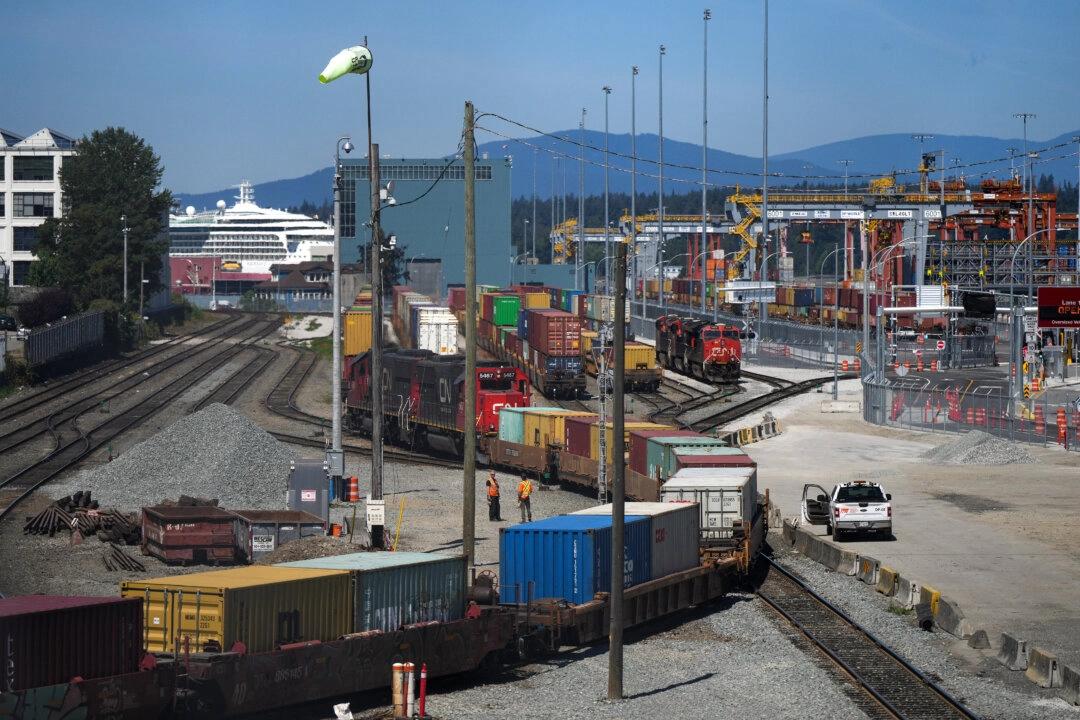Commentary
There is ample precedent for how to deal with a railway strike, which it seems may occur in this country in the next few days. It is well settled by many previous occurrences of general strikes in that critical industry in Canada and the United States that no such action may be permitted to continue for long.





